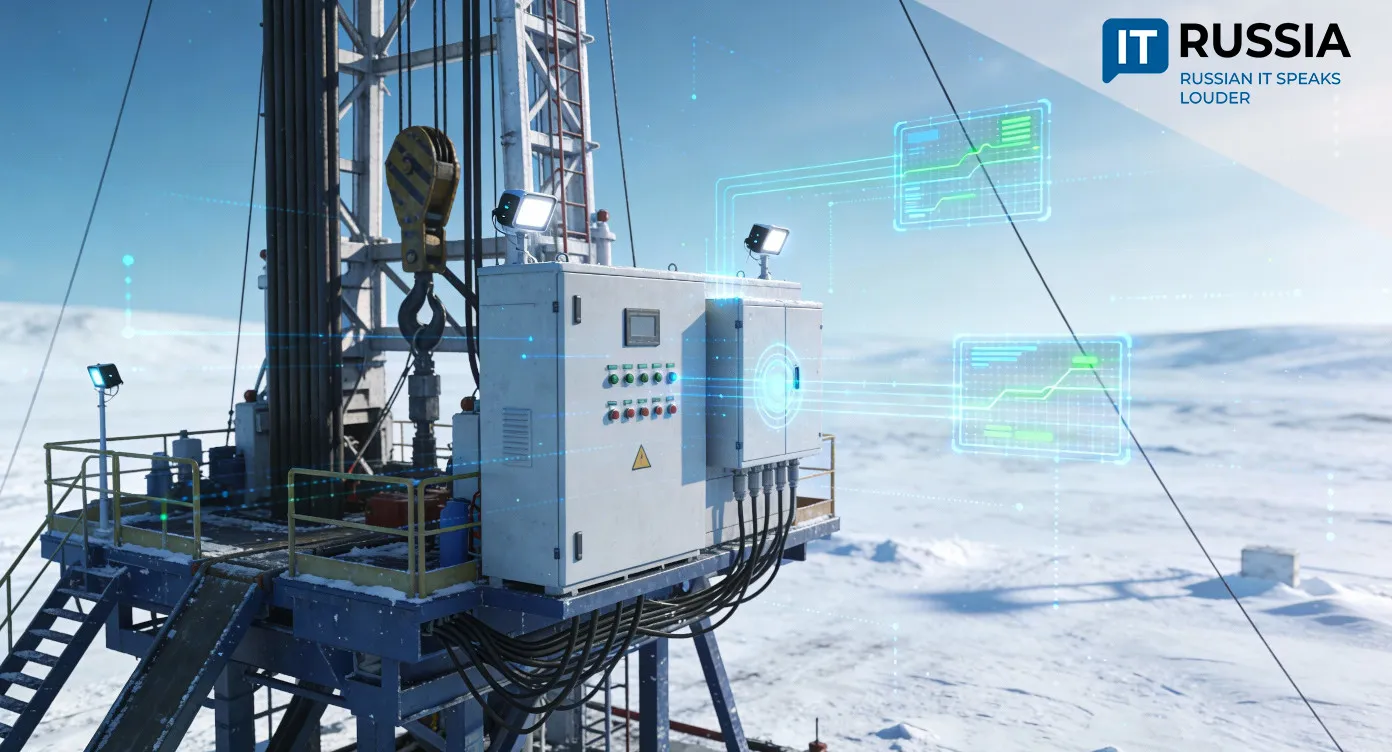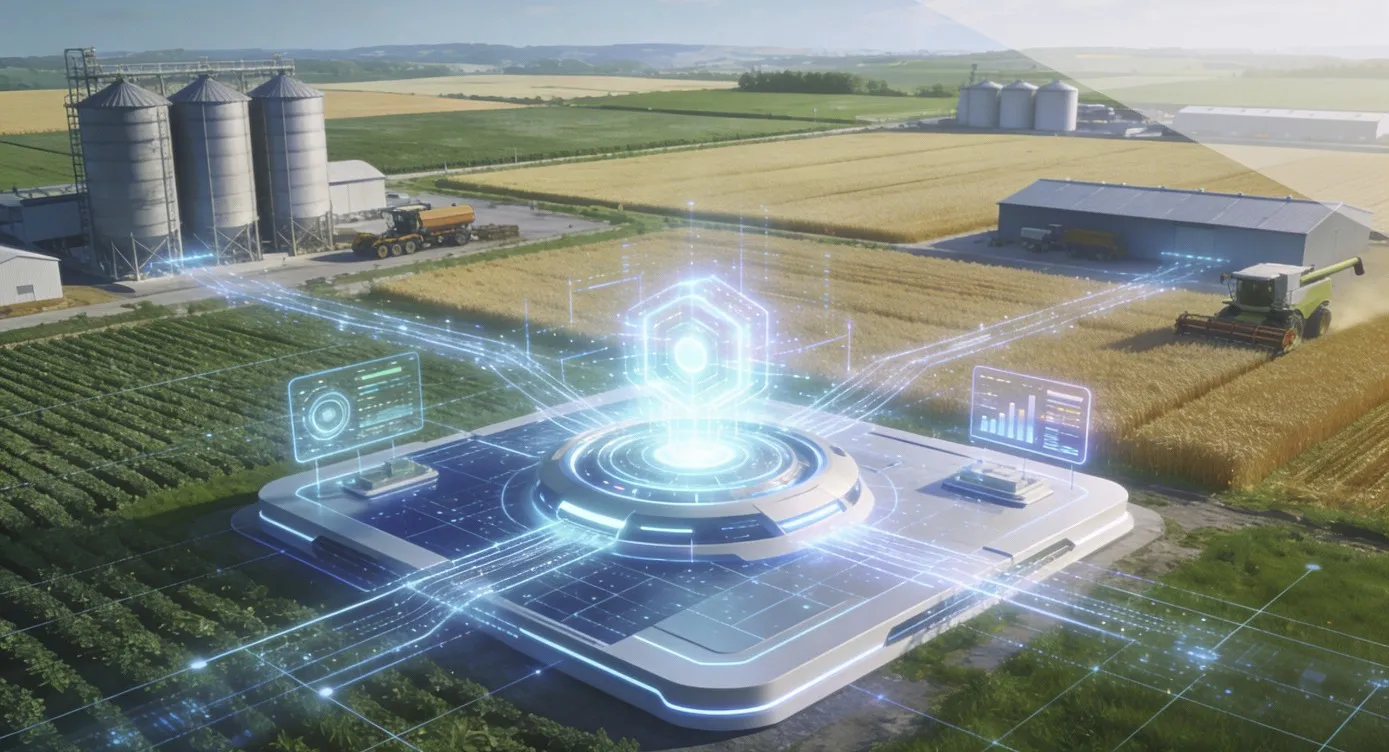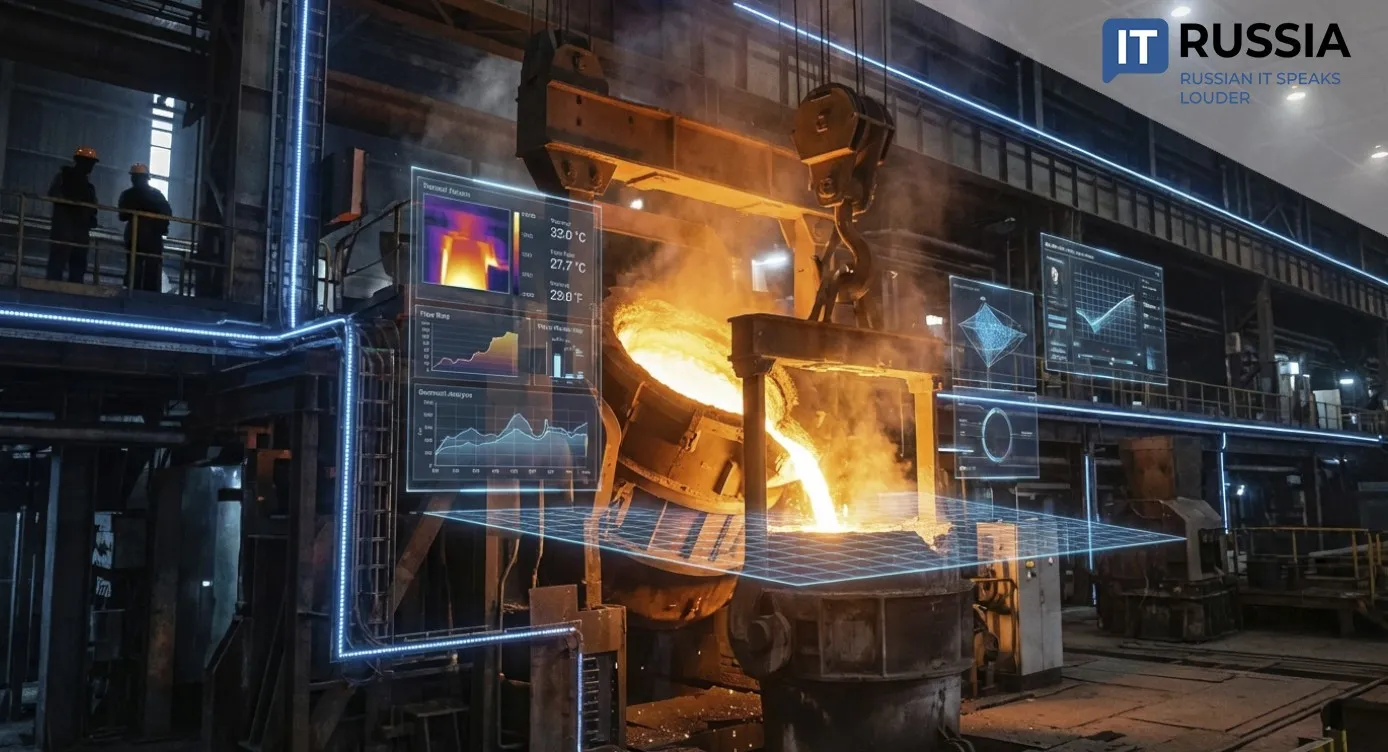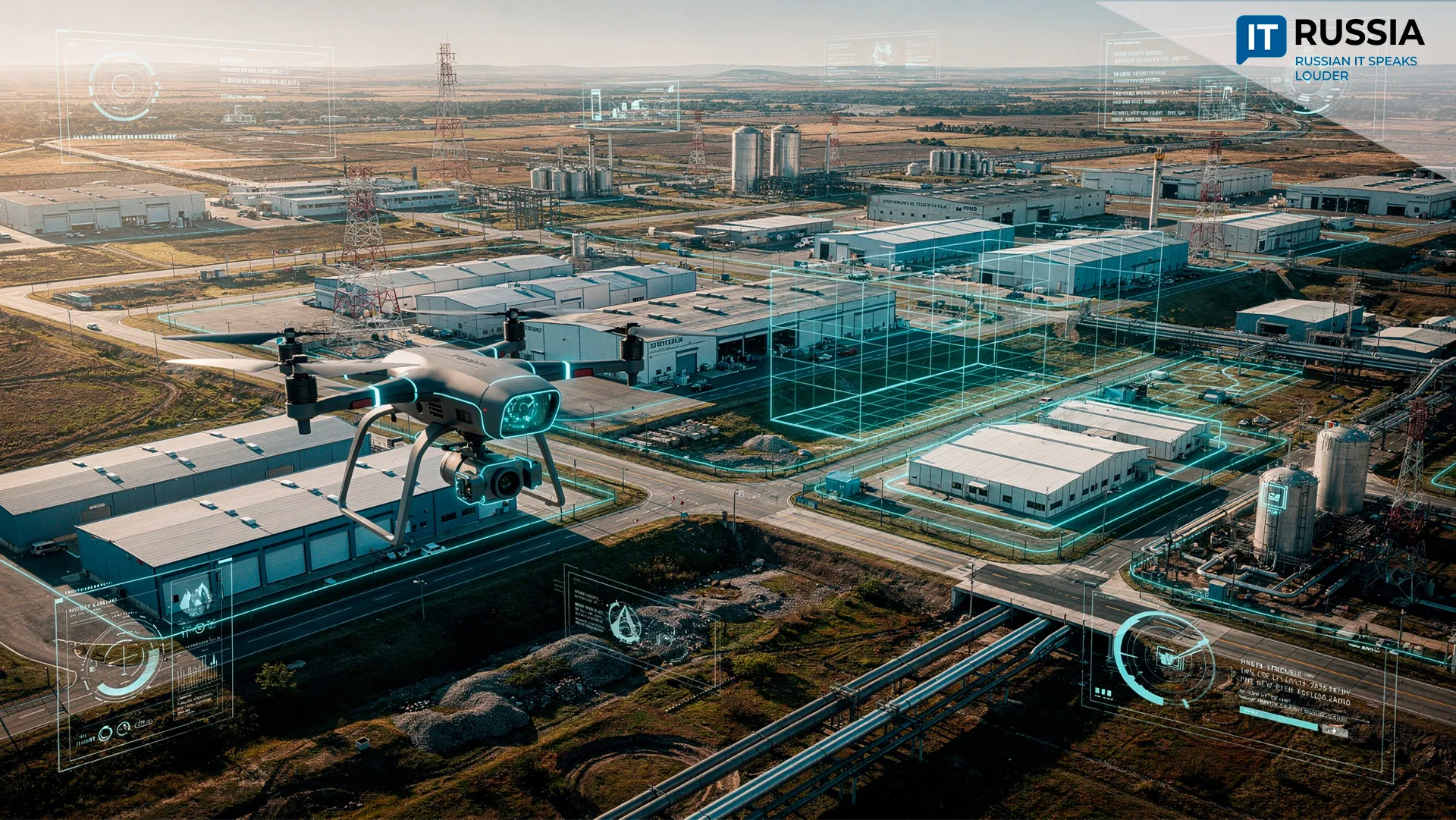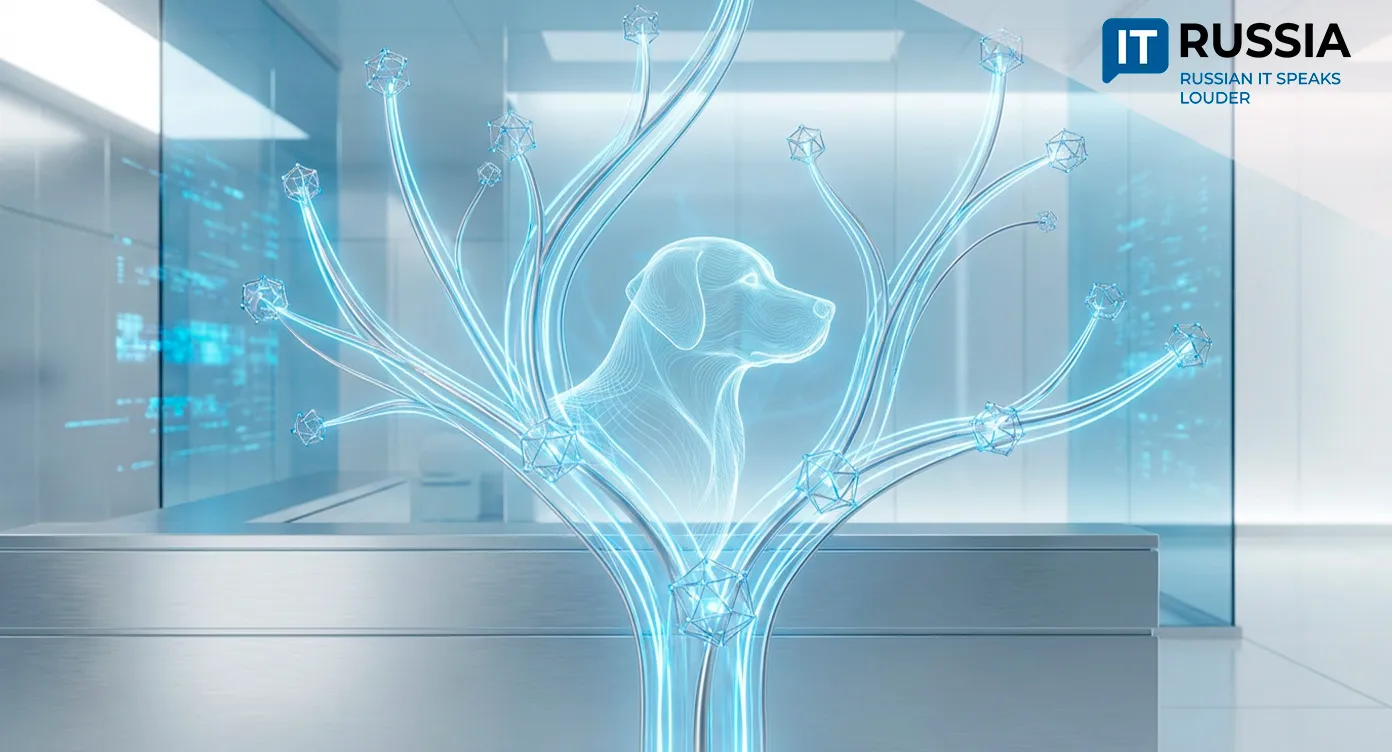Hardworking and Caring: Russia Rolls Out Feed-Pushing Robot for Cattle Farms

A newly developed robot is set to revolutionize cattle feeding in Russia. Designed for simplicity, versatility, and cost-efficiency, the technology could soon find demand beyond Russian farms.
A Simple Solution to a Time-Intensive Task
Feeding cattle remains one of the most labor-intensive operations on Russian farms, consuming more than 500 man-hours annually per site. To address this, the Baltic Engineering Center for Mechanical Engineering (BICME), affiliated with Immanuel Kant Baltic Federal University, developed an autonomous feed-pushing robot commissioned by the agro-industrial group Zalesye.
Now in production in Kaliningrad, the Zalesye robot ensures even feed distribution and continuous access to feed—reducing underfeeding and boosting milk yields. It’s designed for ease of use and affordability, making it a viable solution for both small and large farms.
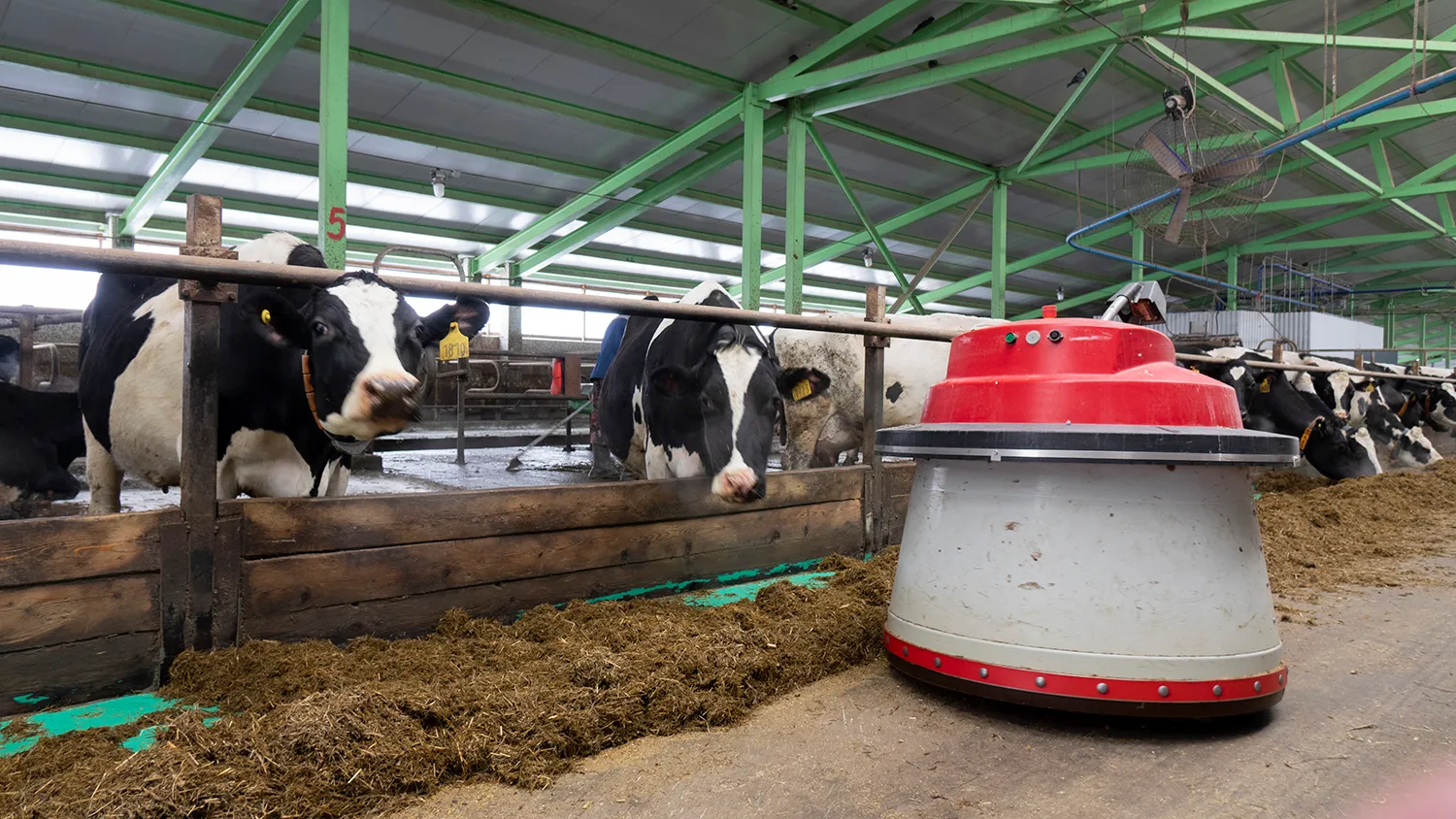
Smart Controls and Seamless Integration
The robot can operate autonomously or be managed remotely via a web interface. Equipped with an electric drive, PID speed control, and sensors for feedback, the system runs on an autonomous controller using Wi-Fi communication. Its navigation relies on local tags installed indoors, with automatic motion based on inertial sensors and position verification via local and global markers. Manual operation is also available.
The device integrates easily into existing farm management systems, allowing farmers to begin using it with minimal setup. This functionality opens doors for deeper automation and integration with milking robots and digital farm analytics.

Toward a Smart Dairy Farm
Currently undergoing tests at 80-meter-long barns in the Kaliningrad region, the robot has demonstrated stable nine-hour autonomous operation. Alexander Bocharnikov, head of the automated control systems department at BICME, confirmed the system is performing well during field trials.
Future versions are expected to integrate with milking robots and data platforms capable of monitoring individual feed intake and correlating it with milk output and quality. If deviations occur, diets can be adjusted automatically. Such AI-driven synergy marks a clear path toward smart farming, where productivity and animal health are monitored and managed in real time.
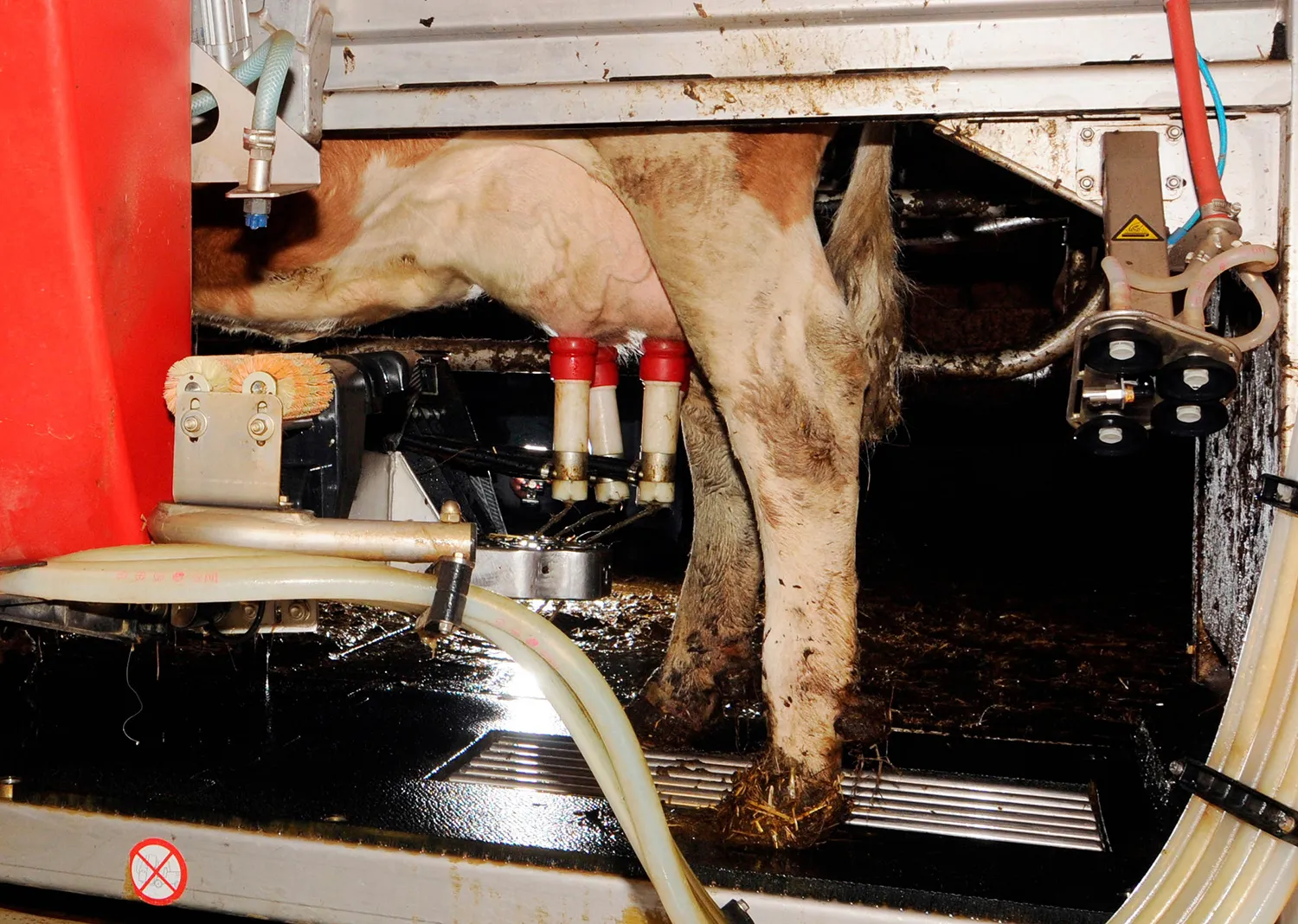
Scaling Up and Looking Beyond Russia
Robotic milking systems have already been in use in Russia for over two decades, installed across hundreds of farms. The logical next step—automated feeding—is gaining traction.
For example, the Rodnikovoye Pole agricultural cooperative in Tula Region launched a fully robotized farm, where robots like the Zalesye unit are now part of everyday operations. These technologies have improved milk yields, reduced mastitis incidence, and boosted farm profitability.
The Zalesye robot is emerging as a promising case study in small-scale automation for livestock operations. Its export potential is strong, particularly in CIS countries and the Global South, where dairy production remains a strategic goal.





